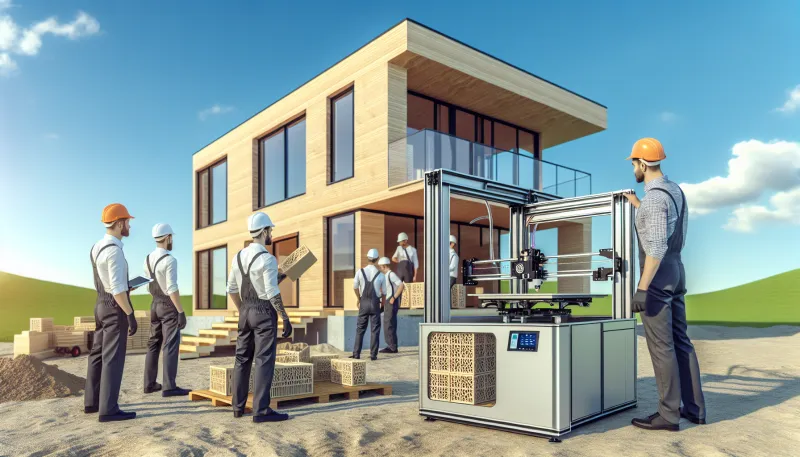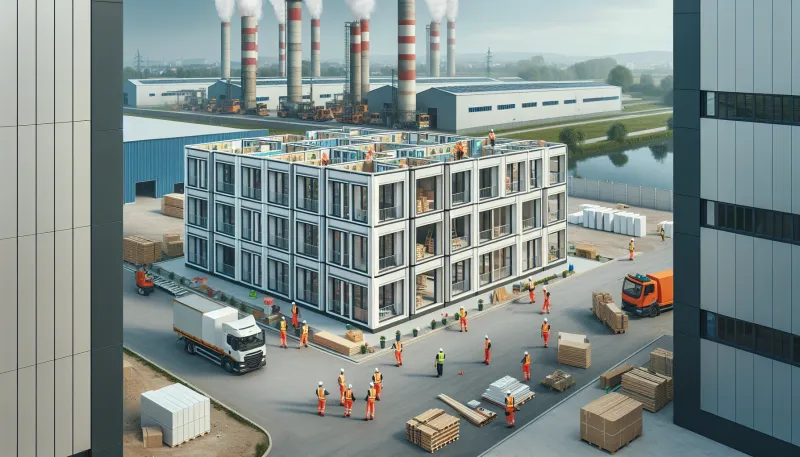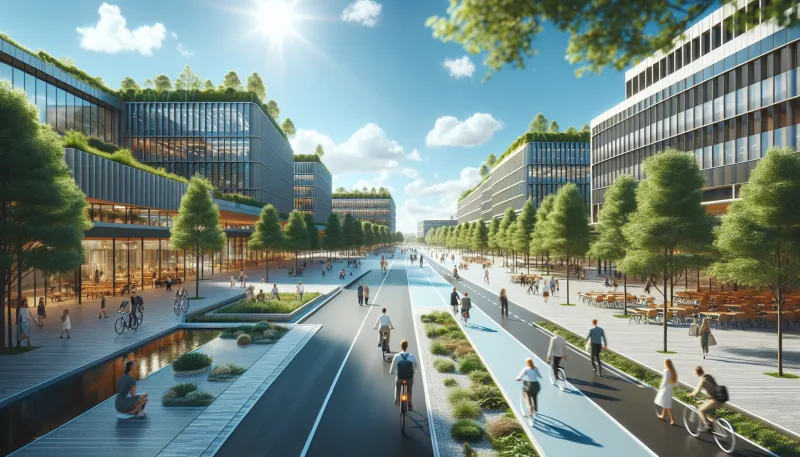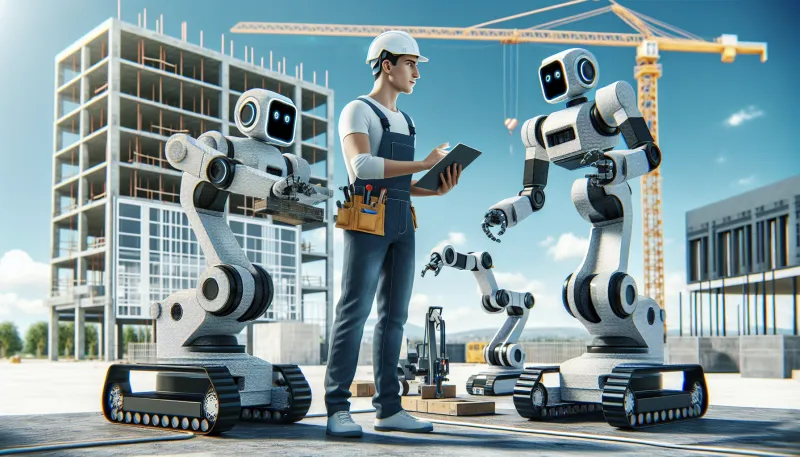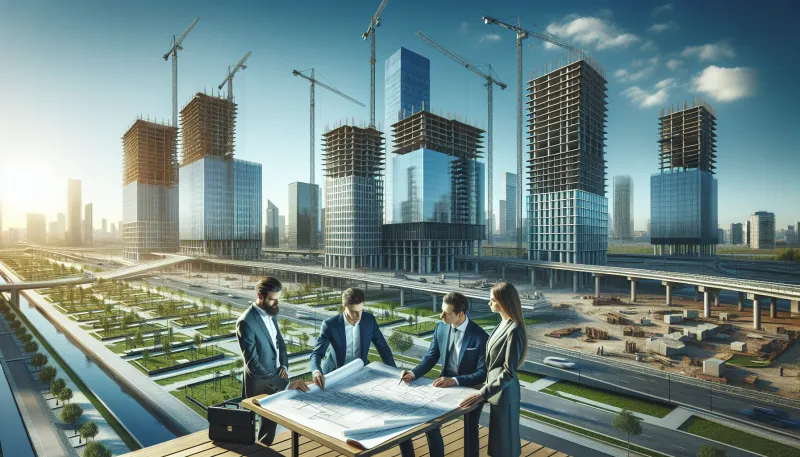
The future of prefabricated building systems: innovation and sustainability
Prefabricated building systems have transformed the construction industry by offering faster, more efficient, and cost-effective alternatives to traditional building methods. As technology advances and sustainability becomes paramount, the future of prefabrication promises exciting innovations that could reshape how we design, build, and inhabit structures worldwide.
- Technological advancements driving prefabrication
- Sustainability as a core focus
- Customization and design flexibility
- Urbanization and the demand for rapid construction
- Integration of smart technologies
- Challenges in logistics and transportation
- Regulatory and code compliance evolution
- Economic impacts and labor market shifts
- Future outlook: hybrid and adaptive construction models
Technological advancements driving prefabrication
The integration of cutting-edge technologies like 3D printing, robotics, and artificial intelligence is revolutionizing prefabricated construction. These tools enable greater precision, reduced waste, and faster assembly times. For example, robotic arms can assemble complex modules with minimal human intervention, improving safety and efficiency onsite.
Sustainability as a core focus
Environmental concerns are pushing prefabricated building systems to adopt greener materials and energy-efficient designs. Modular buildings often incorporate recycled components, low-carbon concrete alternatives, and advanced insulation, reducing their carbon footprint. Additionally, the controlled factory environment minimizes material waste compared to on-site construction.
Customization and design flexibility
Modern prefabrication is moving beyond standardized modules to offer highly customizable designs. Digital modeling and parametric design tools allow architects to create unique, client-specific modules without sacrificing the benefits of mass production. This flexibility opens new possibilities for aesthetics and functionality in prefabricated buildings.
Urbanization and the demand for rapid construction
Rapid urban growth places enormous pressure on housing and infrastructure development. Prefabricated building systems answer this demand by enabling accelerated project timelines and scalable construction strategies. Cities can benefit from modular housing solutions that address shortages while maintaining quality and safety standards.
Integration of smart technologies
Prefabricated buildings are increasingly equipped with smart technologies such as IoT sensors, automated climate controls, and energy management systems. These innovations enhance building performance, occupant comfort, and maintenance efficiency, creating smarter, more responsive living and working environments.
Challenges in logistics and transportation
Despite many benefits, prefabricated building systems face logistical hurdles including transporting large modules to sites and navigating infrastructure limitations. Advances in modular design aim to balance size and transportability, while on-site assembly methods continue evolving to overcome these challenges.
Regulatory and code compliance evolution
As prefabrication becomes mainstream, building codes and regulations are adapting to address its unique characteristics. Harmonizing standards worldwide is essential to facilitate the widespread adoption of modular construction, ensuring safety, quality, and interoperability across regions.
Economic impacts and labor market shifts
Prefabricated building systems are reshaping job roles and economic dynamics within the construction sector. While factory-based production reduces on-site labor needs, it increases demand for skilled workers in manufacturing, robotics, and design. This transition calls for workforce retraining and new educational pathways.
Future outlook: hybrid and adaptive construction models
The future likely involves hybrid construction models combining prefabrication with traditional methods to optimize cost, quality, and versatility. Adaptive building systems that allow for modular expansion or reconfiguration will also become more prevalent, supporting evolving user needs and sustainable urban development.
Tommy is a property-passionate journalist who covers the forces shaping housing and the built environment. With a data-driven approach and a reporter’s curiosity, he writes on market cycles, urban development, PropTech, and policy—always connecting numbers to everyday lives. [Name]’s work blends clear analysis with on-the-ground reporting to help readers navigate trends, opportunities, and risks across residential and commercial real estate.




